Why Did Ancient Chinese Women Wear Combs in Their Hair?

Hey there, Are you the fans of The Prisoner Of Beauty? Let’s talk about the comb hairpins worn by Song Zuer, who plays the female lead. These combs rest elegantly on her head, adding a gentle, jade-like charm while perfectly framing her face. But here’s a thought: did ancient Chinese really wear combs in their hair as fashion accessories?
We’ve discussed how Hanfu hairstyles pair with hair ribbons, pearls, and all kinds of gold/silver ornaments, but we haven’t touched on combs yet. Since The Prisoner Of Beauty is trending, let’s dive into this topic now!
Ⅰ. Introduction to Combs
Ancient combs first served as hairdressing tools, but later evolved into hair ornaments. While we often see comb decorations in Tang-dynasty themed dramas, combs were actually “regulars” in Han-dynasty hairstyles too.

In ancient times, combs were collectively called “Zhi” (栉). They were divided into “shu” (梳) with sparse teeth and “bi” (篦) with dense teeth. The Han-dynasty Shuowen Jiezi defines “Zhi” as the general term for combs and bi. The two characters “shu” and “bi” had distinct uses:
sparse-toothed combs shu for detangling hair, and dense-toothed bi for removing dandruff and dirt. Many of Chinese people might remember seeing bi at our grandparents’ homes as kids—old folks used to say they were for “scraping off head flakes.”

Ⅱ. Evolution of Combs Through Dynasties
Combs evolved into hair decorations at least 2,000 years ago and remained popular throughout China’s history. Excavations from Shang-Zhou to Han dynasty tombs have unearthed various combs, whose back patterns reveal they’d transcended mere hairdressing tools to become ornaments.
The trend of wearing combs in hair emerged during the Wei-Jin period, then peaked in the Tang dynasty. Tang women widely adopted this style—when inserted into hairstyles, the combs’ ornate ridges would peek out from the buns, serving as eye-catching decorations.


1. Tang-style Combs
The most striking difference between Tang and Han-style combs lies in material use. Han-dynasty hairstyles favored natural materials like wood, hawksbill turtle shell, jade, and ivory, embodying a dignified, ancient aesthetic.

Tang-dynasty combs, however, embraced gold and silver ornaments, even incorporating gold-silver inlay techniques to exude luxury. While later eras still used ivory, the overall style grew more elaborate. Tang poet Wen Tingyun’s Pusa Man describes :
“small hills of gold flickering”
—a metaphor for how stacked combs of gold, ivory, and jade shimmered in women’s hair.

2. Five Dynasties-style Combs
From the mid-Tang dynasty through the Five Dynasties period, the trend of wearing multiple combs exploded—some women even adorned their entire heads, a style called “full-head combs.”
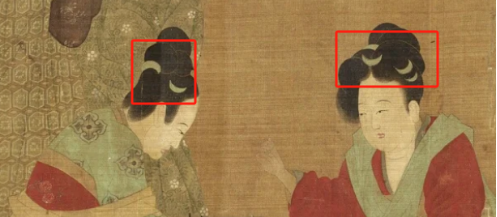
The Five Dynasties and Ten Kingdoms era preserved Tang-dynasty fashion: as seen in figure below, noblewomen wore a large comb horizontally across the center of their foreheads, flanked by smaller combs placed diagonally above and below.
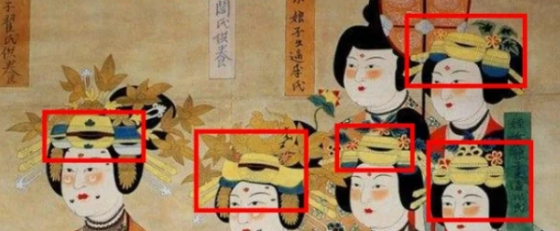
3. Song-style Combs
Song-dynasty women were utterly obsessed with wearing combs in their hair. According to Dongjing Meng Hua Lu:
During the reign of Emperor Renzong in Northern Song, capital women adorned their headdresses with white-horn combs over a foot long—some even reaching three chi (尺).
How long was three chi in Northern Song? Roughly 90-95 centimeters! Can you imagine? It’s like wearing a “story-tall” comb on your head! 😮
Lu You’s Record of a Journey to Shu (入蜀记) also describes:
“Unmarried women wore ‘concentric buns’ two chi tall, stuck with six silver hairpins and a huge ivory comb behind—about the size of a hand.”
Ⅲ. Archaeological Clues About Combs
1. Wearing Styles
The way combs were worn in Han-dynasty Chinese dress remains mostly a mystery. Modern TV and film adaptations typically place them at the center of hair buns, which has shaped public perception. By contrast, the Tang Dynasty left abundant visual references in paintings, showing combs worn at the center, sides, back of the head, or even arranged across the entire head—a style known as “full-head combs” we have mentioned.
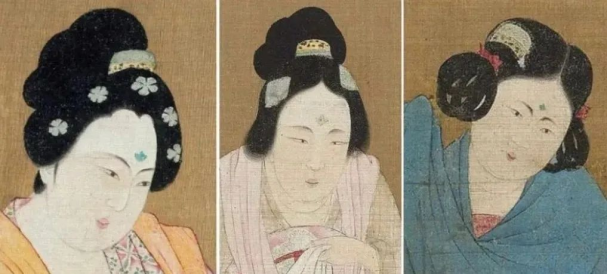
2. Origins Theories
Scholar Wang Renxiang wrote in A Brief History of Ancient Chinese Combs:
“Combs can be traced back at least to the mid-late Neolithic Age. Before that, people likely used their fingers to tame unruly hair—simply to keep it from interfering with daily work. As hairstyles became more intentional, specialized combs were invented, initially modeled after human hands.”
Some theories also suggest early combs had ritual uses, though their exact origins remain a topic of debate.
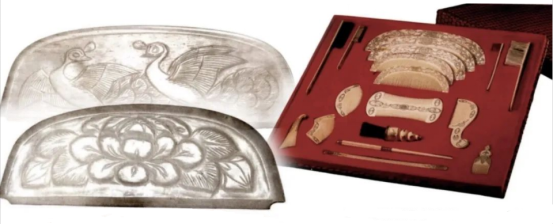
Ⅳ. Combs in TV & Film
In period dramas like The Prisoner Of Beauty, combs are typically placed at the front-center of hairstyles. Decorated with flowing cloud or auspicious beast motifs, they’re often carved from jade—serving both to adorn the bun and add visual volume to the crown.
Character designs vary by material:
- Liu Xiaoqing’s combs feature yellow jade, a rare stone in Han times. Its ancient hue symbolized nobility, and it was even used for ritual vessels in excavated relics.
- Younger roles like Song Zuer’s opt for white jade. Prized for its purity and fine texture, white jade was widely used in architecture and carvings, making it a classic decorative choice.
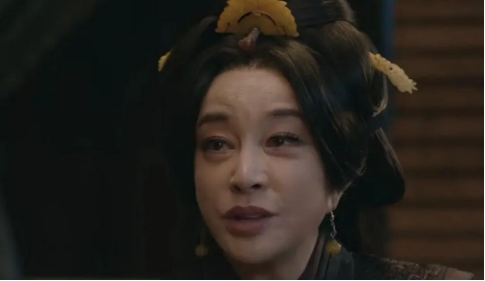
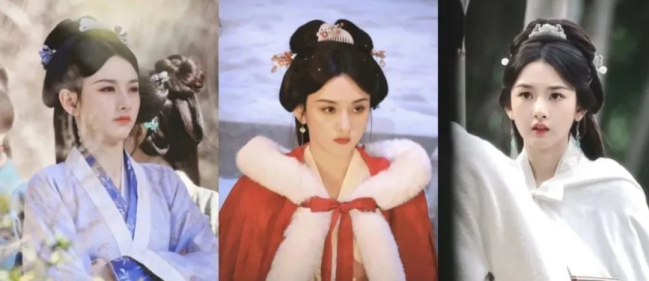
Summary
From the use of combs, we can see that ancient Chinese people were already masters at repurposing everyday tools into hair ornaments, evolving their functions with remarkable creativity. Even today, the art of using combs as hair decorations persists—a testament to how we continue to draw inspiration from classical aesthetics in modern styling.
Would you add combs as hair accessories to your Hanfu hairstyles in the future? Feel free to share your thoughts in the comments!
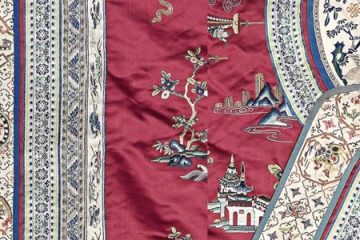
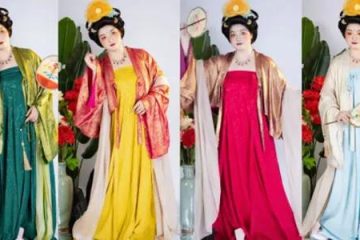
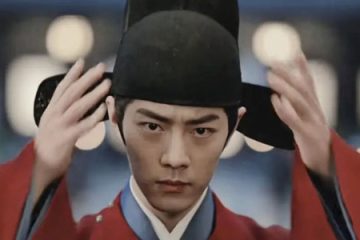
0 Comments